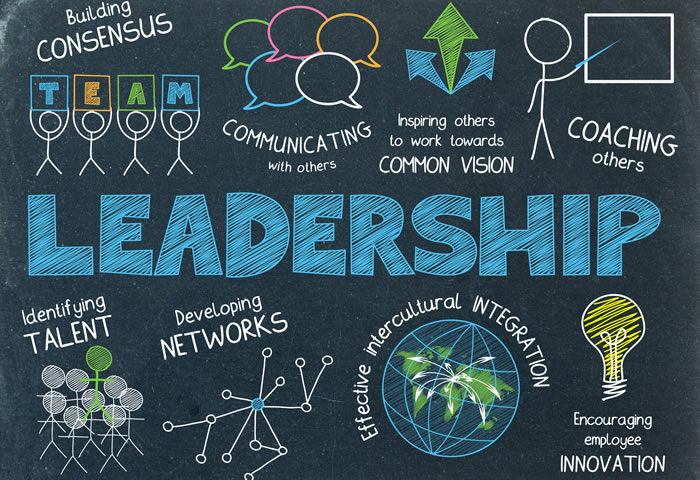If you’ve spent some time in leadership positions, you’ve likely experienced a roller-coaster ride of changing ideologies and practices. Over the past couple of decades, corporate and organizational leadership training predominantly emphasized managerial skills. The prevailing sentiment was that studying the characteristics of past great leaders held little value; we had supposedly evolved beyond their concepts, and the modern boss was expected to blend in with the team. The term ‘leader’ seemed too authoritarian in our increasingly egalitarian business society, and leadership was often seen as merely seeking consensus.
However, the tides have shifted, and we’ve had to learn some tough lessons along the way. We’ve come to realize that management and leadership are not one and the same. As David Maister aptly put it, many modern companies are “over managed and under lead.” Consequently, there has been a notable shift back toward cultivating true leadership skills.
To clarify the distinction between leadership and management:
Leadership:
The primary function of a leader is to establish the fundamental vision and purpose or mission of the organization. It is the leader’s role to chart the course and strategy needed to achieve these goals.
Management:
Managers, on the other hand, are responsible for implementing the leader’s vision. They organize resources and manpower to put the leader’s strategy into action.
While effective leaders are often skilled managers and vice versa, it is crucial to recognize the differences between the two roles.
Extensive research conducted in both the US and the UK has resulted in a model that characterizes successful leaders today. This model can be distilled into four key areas of effective leadership:
- Motives and Traits: These are the personal characteristics consistently found in effective leaders. These traits drive their leadership style and success.
- Knowledge, Skills, and Ability: Leaders possess practical and personal skills and attitudes that equip them for their role.
- Creative and Visionary: Effective leaders have the ability to see alternatives and the courage to pursue them. They don’t merely follow the status quo but envision new possibilities.
- Implementation of the Vision: Success hinges on turning vision into action. A vision unrealized remains a mere dream. A truly effective leader can translate their vision into corporate reality.
In summary, managing an organization differs significantly from leading it. Leadership requires the will to lead, the acquisition of knowledge and skills, the development of a compelling vision, and the ability to put that vision into practice.
If you’re interested in delving deeper into these four key areas of successful leadership, don’t hesitate to reach out to us at info@trischel.com.au. We can organize a presentation for your company’s leaders, helping them embrace and embody the true essence of effective leadership in today’s ever-evolving business landscape.
Book a free conversation with Trish: www.calendly.com/trischel/conversation
Don’t forget to download you copy of 3 Keys to Successful Public Speaking
Trish Springsteen
Get Known Be Seen Specialist, Personal Branding Strategist
Australia’s Leading Expert in Empowering Introverts
Multi International Award Winning Mentor
Speaker, Coach
International Award Winning Best Selling Author
Host Get Known Be Seen WebTV
I Believe in You until You Believe in Yourself
Clients work with Trish because they know she can help them have the confidence and self-belief to make speaking easy. Trish typically works with small business owners, introverts, authors and advocates helping them to promote their business to be visible. Stand out and make it easy for your clients to find you.
https://www.facebook.com/Trischel
www.linkedin.com/in/trishspringsteen/
http://pinterest.com/trishtrischel/
https://www.instagram.com/trishspringsteen/
Subscribe to Trischel’s YouTube channel http://bit.ly/TrishTalks
Follow Trish on Get Known Be Seen WebTV

